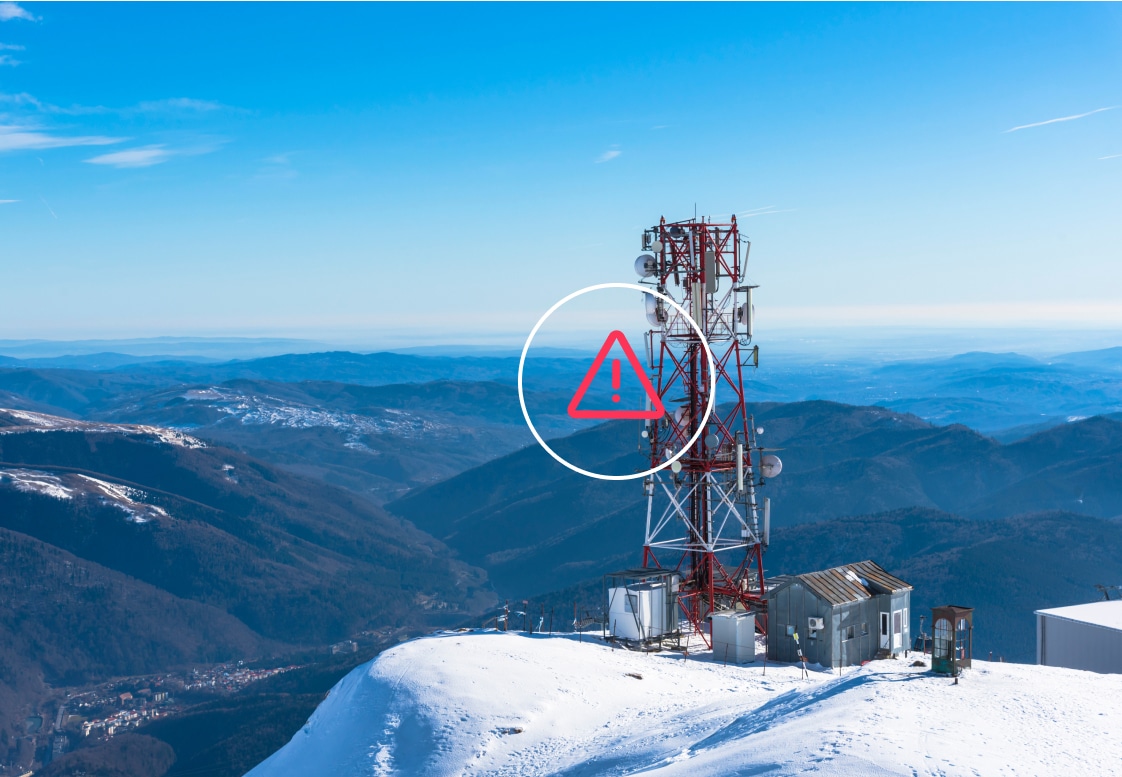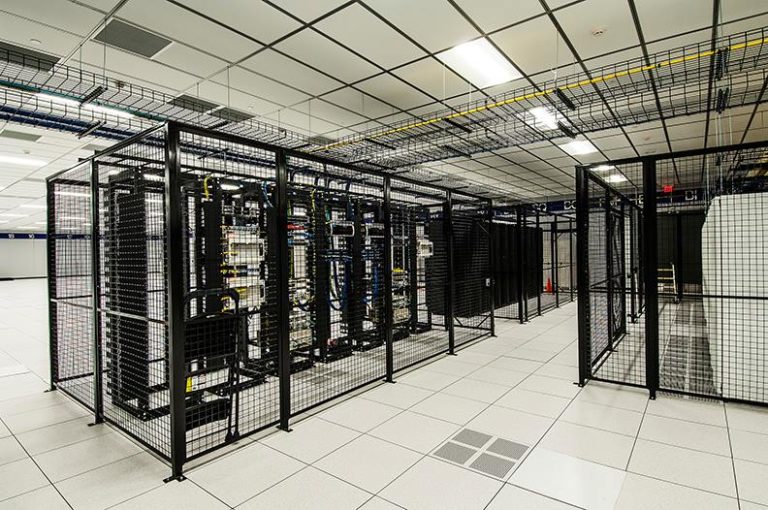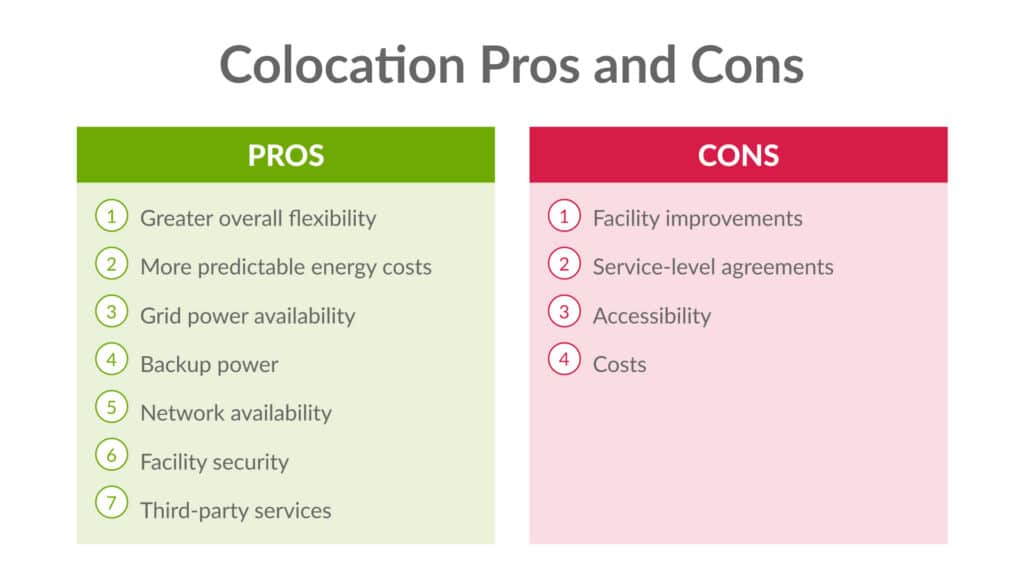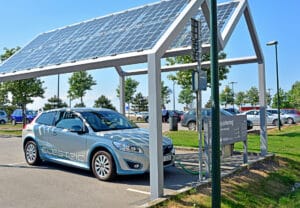
You’re a collocated facility operator.
You provide space, equipment and bandwidth to multiple organizations, all of whom have their own needs. Periodic checks usually keep everything running, but what happens when a malfunction occurs that isn’t site-wide, but client-specific?
What happens when you have inconsistencies in billing, and clients are unhappy with the service they are being provided? How can you ensure each client can have ready access to live and historic performance indicators regarding their usage of things like energy and network capacity? What if there is an issue specific to one client, but your alarms are set up to alert you over site-wide malfunctions?
These are just some of the challenges that collocated facilities face when effectively and transparently dealing with multiple clients in one space.
First, let’s go over briefly what colocation is, and what kind of buildings can be considered collocated.
What is Colocation?

A colocation facility, colo, or “carrier hotel” is any facility where an organization can rent space and/or network equipment instead of maintaining their own. These facilities are often relied upon by multiple other organizations at the same time, each with its own needs and challenges.
Generally, this includes the space, HVAC, energy, and network bandwidth, along with the physical security of the physical building itself. On the customer side, they usually provide their own servers and storage and lease the space on an individual rack, cabinet, cage, or room basis.
Which buildings are collocated?
Primarily, collocated facilities are data centers, where multiple enterprises rent out server space to host their products and services. However, colocation goes beyond just the traditional data centers. Telecom base stations are another very popular facility for collocated entities, where multiple service providers rely on a single cell site.
Another more recent area where colocation can be considered is “smart”, technology-driven construction. Newer buildings often come fully equipped with sensors and management tools to keep track of equipment, and individual units’ activities. Though these buildings do not fit the traditional mold of collocated facilities, integrated technologies allow managers to make billing more accurate, and identify problematic assets for investigation remotely.
What are the benefits of colocation?

Colocation is an attractive solution for nearly any organization looking for cost-effective solutions to their networking and hosting needs. As with most things in business, one of the greatest benefits of colocation is the bottom line, or put more simply, saving money.
First and foremost, collocated facilities provide HVAC, energy, and connectivity that provide an uninterrupted connection. These aspects of these facilities would be extremely expensive for a private organization to duplicate just for their needs. Therefore, the reliability and performance of collocated facilities cannot be understated, as they save in space, personnel, and equipment costs.
In addition, colocation provides a wealth of other benefits, including:
- Comprehensive physical and cyber security
- Dedicated maintenance and support staff
- Scalability of space and bandwidth as necessary
- Data and Energy redundancies to maintain continuity in the case of breaches or disasters
- Stable network connectivity and expansion capabilities as needed
This also includes being able to monitor and identify sources of wasted energy, inefficiencies, or potential malfunctions that could occur, and remedy them accordingly, often remotely. Remote monitoring solutions also take the guesswork out of smart metering and billing, and provide clients with clear data and trends in their usage.
With the benefits involved in collocated facilities, we would be remiss if we didn’t mention some of the challenges with colocation as well.
What are the energy challenges of colocation?
Colocation is not only a solution, it can also be a daunting challenge, both for the facility operators and clients themselves. There are many factors that are affecting the colocation market as we speak, especially in terms of the economics.
When you have multiple clients hosted at a single location, accuracy in terms of utility and equipment usage is key. The last thing you want is a dispute on a disputed energy bill, and this can also be the other way where operators are undercharging.
Tracking the relative usage of different clients makes this even more complex and murky, which is why remote monitoring solutions are critical to efficiently managing multiple remote clients. It is also difficult sometimes to separate between issues that affect the entire site, and those that are client-specific, causing some of these issues on both sides to fall through the cracks.
When you are dealing with clients collocated at the same facility, they have varying energy and networking needs, and those need to be considered and accounted for when calculating use. Part of this is ensuring the energy assets themselves are performing as they should and detecting any inconsistencies as soon as possible.
Lastly, a client’s utility usage is rarely static and often has several peaks and troughs throughout the day. For that reason, these facilities need to be capable of managing and maintaining their clients’ individual power needs and keep their power availability consistent regardless of the load on the site or assets themselves.
5 ways to use collocated alarms and metering to optimize your operations
Galooli provides a remote monitoring solution with the capability to help site operators and managers track facilities’ utility usage, especially energy consumption. We have expanded the capabilities of our monitoring and alarm features and can now provide individualized alarms for collocated sites on a client-by-client basis.
1. Monitor for each voltage and current live
First and foremost, it is critical for site managers to have visibility over the facility and the remote assets operating within. This traditionally happens through periodic site visits, but can be done remotely, and for entire networks of sites and assets instead of singular locations. This includes a live view of the status of these facilities and access to performance data from that moment.
2. Designate thresholds and alarms on a client-by-client basis
Normally, alarms are set for specific pieces of equipment on a site-wide basis, based on performance thresholds set by the operator. Now we can establish thresholds and corresponding alarms for collocated facilities, that can be created according to the needs of each client.
3. Identify issues traditional site monitoring miss
While it is crucial to determine if a remote site is operating properly, what if it is isolated to a specific client? Site operators need the ability to immediately alert a client to malfunctions or inefficiencies related specifically to them, like spikes in energy usage or other power KPIs. Our Alarm Fields help distinguish site-wide and client-specific issues so operators can notify the affected parties accordingly.
4. Remove inaccuracies from murky billing practices
5. Improve transparency with clients
Your clients deserve the best service and support from facility operators and managers, and that starts with transparency. Having live and historical performance and usage information available gives clients the clarity and confidence that everything is as it should be. This in turn provides better overall service, removes areas for disagreement, and strengthens brand trust.
All of these factors boil down to a significant reduction in operational costs, and the removal of the necessity for periodic and regular onsite visits to troubleshoot issues. These remote capabilities further reduces costs, provides autonomy to site managers, and in the case of sites in hazardous areas, protects technicians from unnecessary risk.
Connect With Us
operational cost savings & efficiency?



























